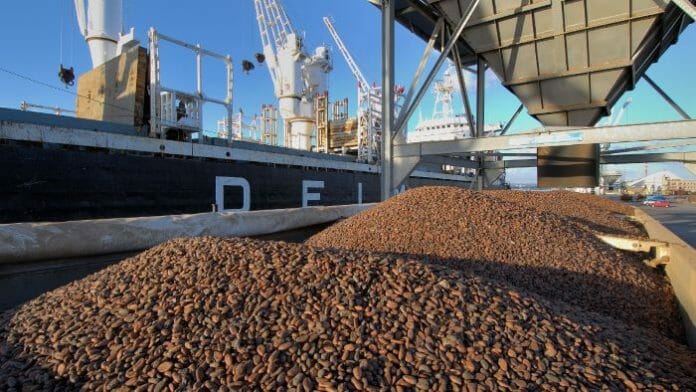This rather precipitous drop in equity markets has been building for several months.
The reasons for it have been around for a while. The fundamentals of war, inflation, rate hikes and supply-chain disruption are all individually significant headwinds. When combined, equity markets have no way through.
On top of the fundamentals were sky-high valuations and a broad-based highly leveraged sentiment environment. Not a pretty picture.
What is a little surprising is that commodities are now dropping away fast, too.
While the full impact of the war in Ukraine and sanctions against Russia are still to be realised, my view has been that commodities would consolidate for a period and then continue to move significantly higher?
What appears to be happening, is that the collapse in stock markets is a surprise to many, and therefore generating an overflow of ‘emotion’ into other markets.
There is also the consideration that perhaps in a triple recession in the Northern Hemisphere, the softening of demand generally is a bearish factor for all commodities.
Off-setting this view to some degree, however, is that the commodity price surge was not about demand, but to do with actual supply.
Nevertheless, the commodity bears now have a stronger argument than previously. Though the accelerated pace of the commodity sell-off at the moment is also a result of traders having experienced significant losses in equities. They have then turned to protect themselves across other markets.
We are definitely witnessing significant deleveraging across all markets. This is wise. There is indeed a lot to be concerned about.
US Fed becoming more aware
Of some relief is the US Federal Reserve acknowledging that it needs to take into account that consumers and businesses are already struggling with high prices, and therefore higher rates will be an additional burden.
This could mean that rates may not consistently leap back to the 2.5% to 3.25% area. Which is widely considered to be the new normal. That there may be a tapering of sorts around the 1.75% 2.00% zone, to 25 points and less frequent moves. Perhaps every second or third meeting.
It will not change the Fed’s immediate trajectory of 50 points every meeting, but it is nice to know the Fed is aware. We have suggested for some time that being late to raise rates causes all kinds of problems for an economy.
It also makes the task of getting rate settings right rather more difficult further down the track. The risk was always that the Fed would double-slam the economy, as this supply disruption style of inflation will be somewhat resistant to interest rate movements.
Is the RBA still too far behind the inflation curve?
We could well be facing a similar problem in Australia. Though my concern with the RBA is that they may use this as an excuse to remain too far behind the inflation curve. Rates need to initially be moving back toward ‘normal’ in a rapid fashion.
For now, of course, I remain bearish on equity markets, though I would suggest a shift from bullish to cautious on commodities. At least until the general deleveraging panic has run its course.
My bullish US dollar view remains. The deleveraging trend may have also been a factor in the sharp fall in the Australian dollar. Along with the weaker commodity price story.
It really does look as if the party is over.
Playing good defence with a host of modern financial instruments has never been more appropriate.
Market insights and analysis from Clifford Bennett, Chief Economist at ACY Securities









